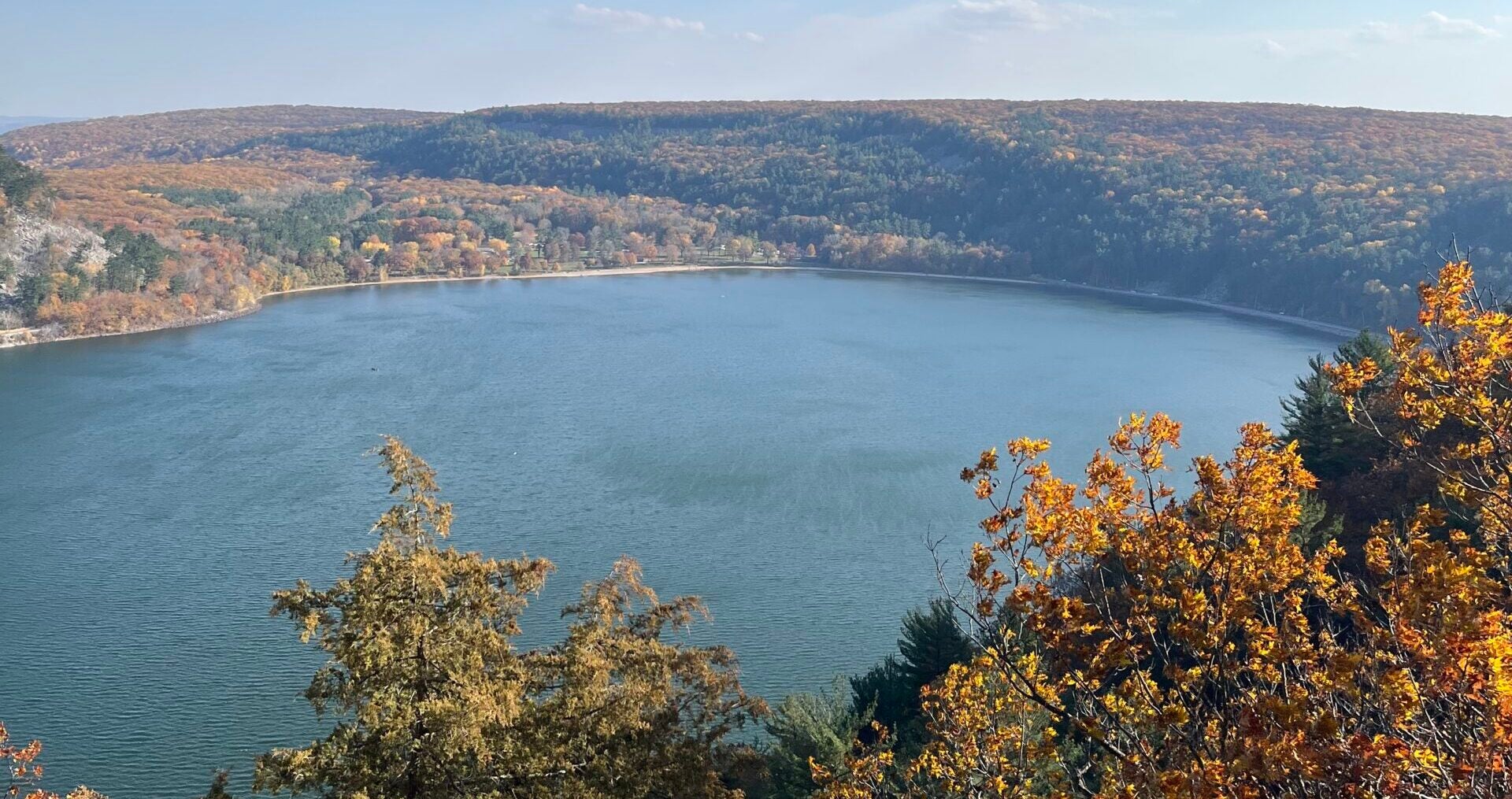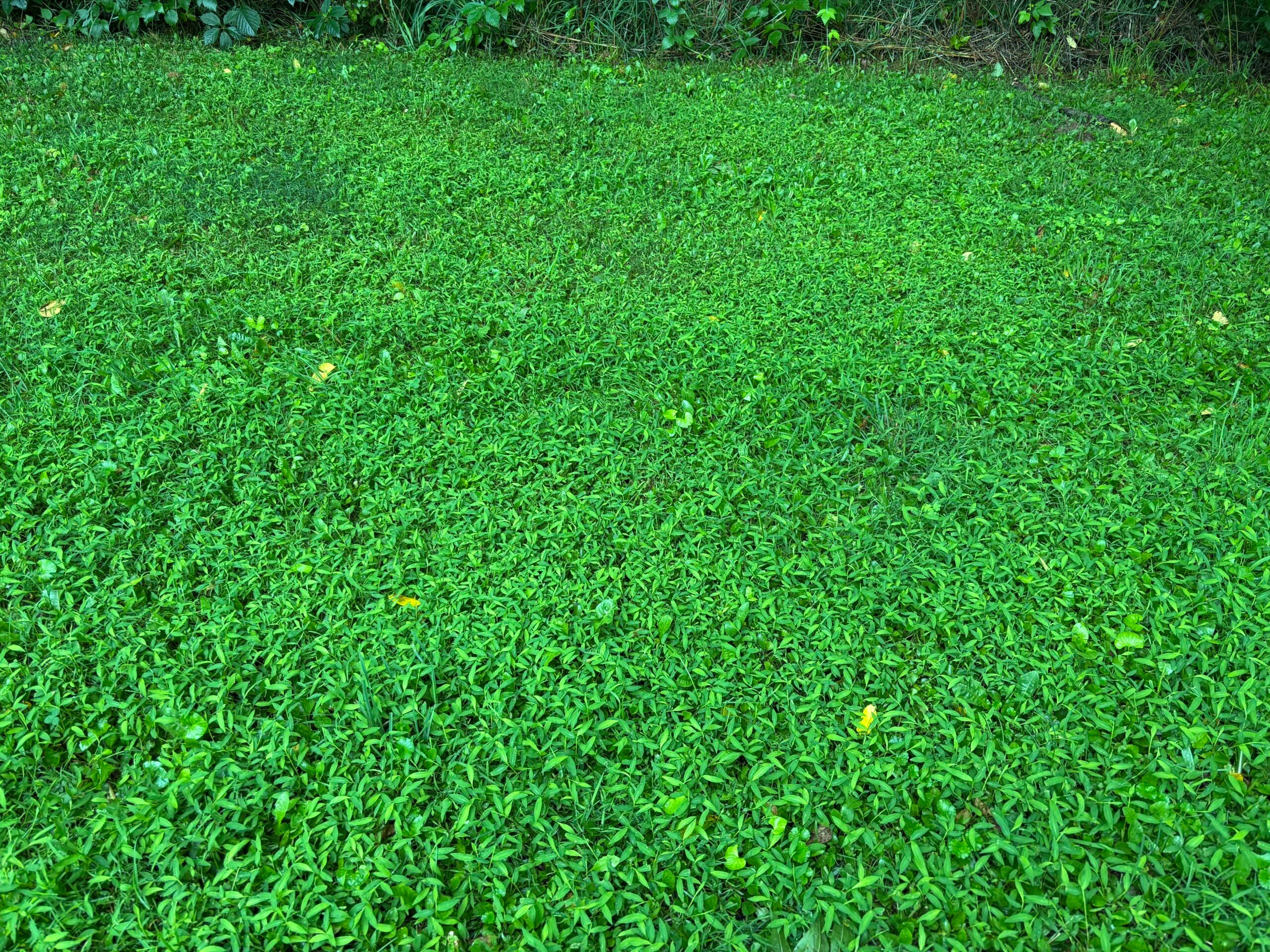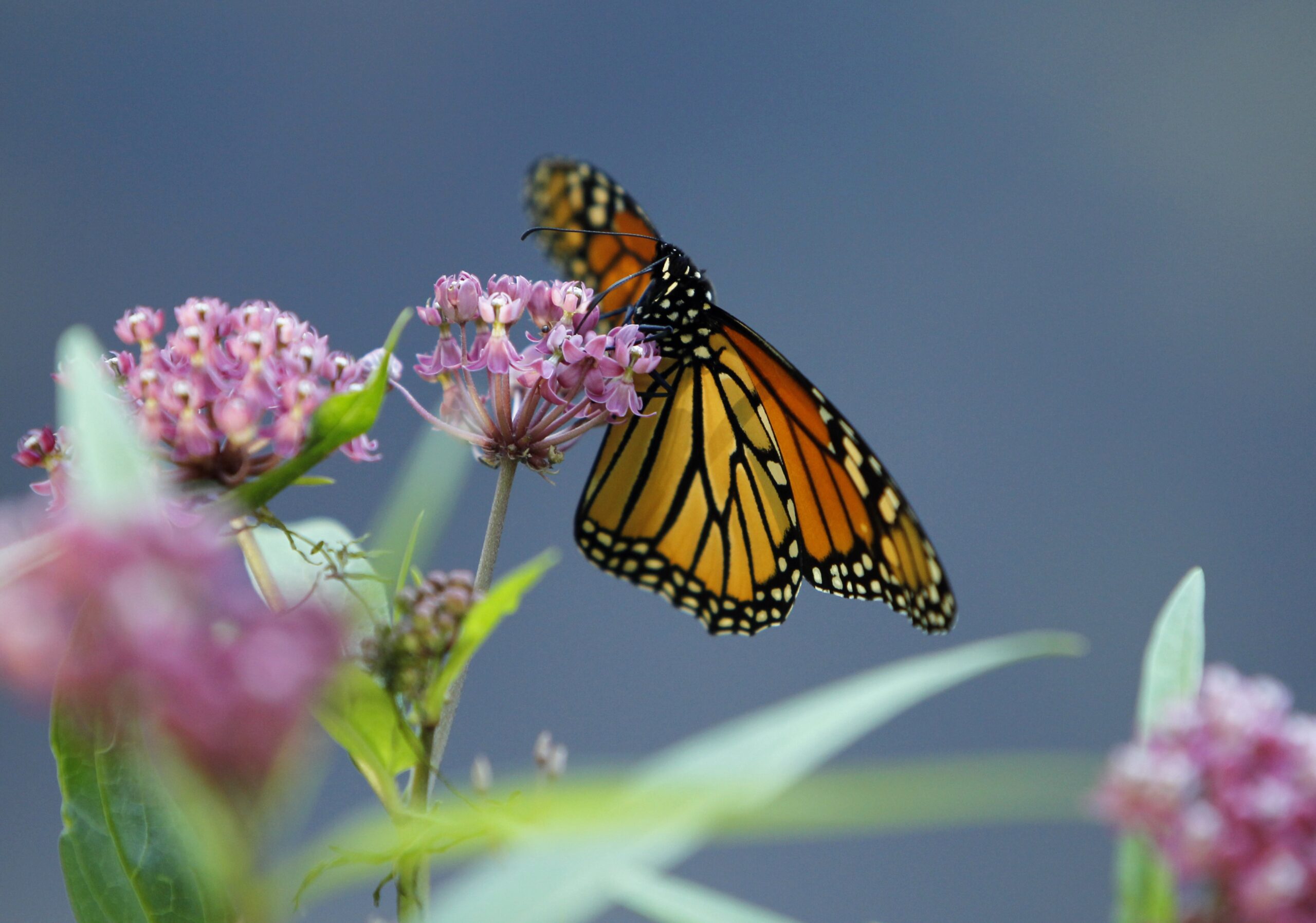On May 10, the Wisconsin Department of Natural Resources is set to hold the last of its in-person training sessions this year to help volunteers identify some of the hundreds of rare plant species statewide.
Since 2013, the DNR has held training sessions around the state to teach volunteers how to find and report rare plants. Wisconsin has at least 324 rare plant species, according to conservation biologist Jessica Ross.
She told WPR’s “Wisconsin Today” there are several reasons a plant can be hard to find in Wisconsin.
News with a little more humanity
WPR’s “Wisconsin Today” newsletter keeps you connected to the state you love without feeling overwhelmed. No paywall. No agenda. No corporate filter.

“We have plants that are rare because they’ve always been rare in the state. Maybe they live in a really specialized habitat, and there’s only a little bit of that in our state,” Ross said. “There are also more current, more pressing reasons that plants can be rare. Things like climate change, [browsing deer], new diseases. There are always new threats [like] invasive species that are threatening our flora in the state.”
Joseph Mui has been a volunteer with the program since 2021. Last year, he reported 23 rare plant sightings — more than any other volunteer that year.
“The first few surveys that I did were, in my opinion, total flops. I really didn’t know what I was looking for. I really didn’t know much of what I was actually supposed to be doing. So the first time that I had a successful survey was super exciting,” Mui said.

Once a volunteer has completed required training, they can submit a survey to the DNR — either by counting individual plants and sharing where they found the plants, or by submitting an area estimate if there are a large number of suspected rare plants in a given area.
Ross said state conservationists use this data to help prioritize which plants the state conservation department focuses on.
“If a volunteer sends in a report and says this plant is being threatened by invasive species, we can get people out there to do the management, to help support that rare plant and make sure that that population is thriving instead of being threatened,” Ross said.

The department established three in-person training sessions for interested volunteers this year. Ross said aspiring volunteers can watch a series of videos and take a quiz to participate in the program as well.
Mui said he seeks out rare orchids growing across Wisconsin.
“The best way to describe it is that it’s like a little treasure hunt,” Mui said. “You’re given specific information and told ‘Hey, go look for this.’ It’s really exciting to do some research, look around the area, look at some maps, and then go there and find it.”






